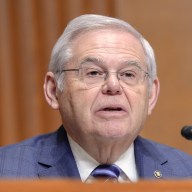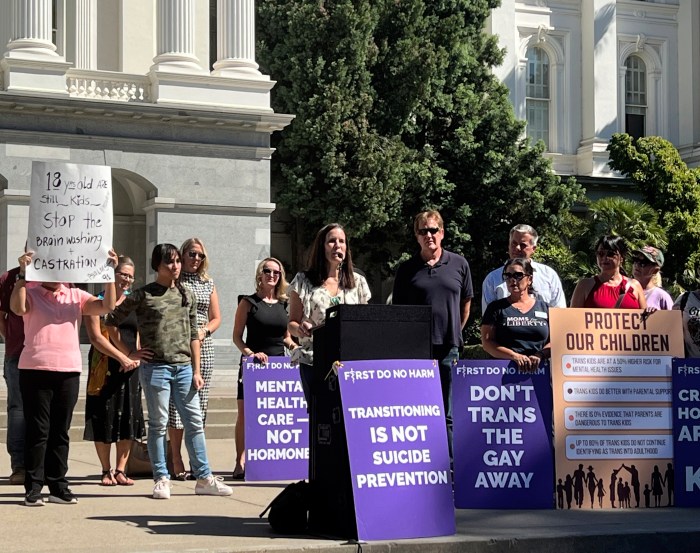New adjustments, cancellations and additions coming
Most upcoming changes affect the finer-grained local routes as YRT attempts to stay ahead of new subdivisions and commercial development.
As the TTC prepares to hold special public meetings across Toronto to discuss potential cuts to bus service, riders don’t know whether the system will change substantially — or not at all.
While the grid of transit routes in 416 has been the same for years, commuters in the sprawling 905 regions are used to upheaval.
Riders in York Region have seen a whole new system emerge in just a few years and now hope for new subway extensions and exclusive bus lanes.
More immediately, patrons of York Region Transit (YRT) have about a month to prepare for a slew of adjustments, cancellations and additions that take effect on Sept. 2.
The region’s user-friendly network of express Viva buses continues to attract about 25 per cent more riders each year and stays largely as it is, although the Green line from Don Mills subway station will be cut back outside peak hours starting this fall.
Most upcoming changes affect the finer-grained local routes as YRT attempts to stay ahead of new subdivisions and commercial development.
In more densely packed Toronto, neighbourhoods can erupt when the TTC proposes route changes.
City councillors jump to defend residents from buses travelling down side streets — or pester the transit commission to preserve routes in certain areas even when few people use them.
Don’t local politics effect transit decisions in York, too?
YRT’s manager of service planning Irene McNeil says, “That’s why it helps to go out on an annual basis and try to communicate to all stakeholders — the public, the politicians, everyone — to understand that we have a system to run (and) the system has financial targets.”
Unlike the TTC and GO Transit, whose customers cover a very high proportion of their systems’ operating costs, York buses earn about 40 per cent from transit fares — the rest is subsidy.
McNeil says YRT is aiming for 50 per cent cost recovery — still higher than most agencies in North America.
Speaking of GO, York is learning from Durham Region’s successful co-operation with the regional transit agency to augment local service.
YRT fares will now be valid on GO buses, linking certain towns in northeast York Region.
It’s a hopeful sign after a much-criticized move several years ago to transfer GO’s profitable Yonge Street service to Viva.
Amid all these changes, can YRT put transit stops in place before houses are built and new residents get settled into travelling everywhere by car?
Says McNeil, “We’re trying to. We’re not doing it as quickly as we would like, because there’s just so much growth in York Region.”
She says all-day service on Viva Green from Don Mills station was premature since the Markham Centre area has not developed as fast as expected, but buses will likely resume running beyond rush hours in a year or so.

















